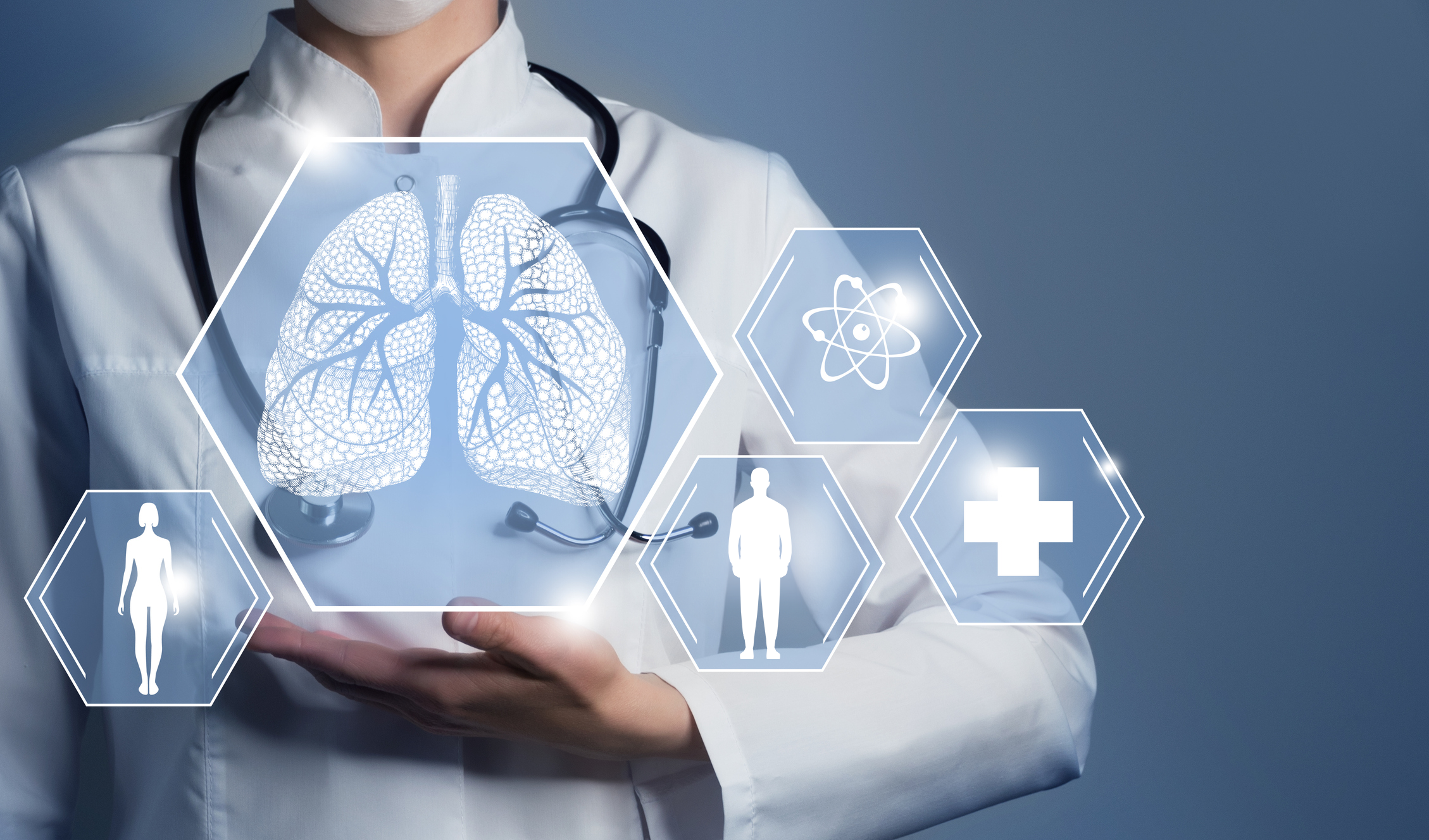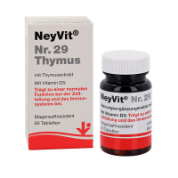
Areas of application / Breathing
Breathing
Breathing is not only an essential life process, but also a remarkable ability that provides us and our animals with the energy of life in the form of oxygen and at the same time detoxifies our bodies.
Breathing usually takes place unconsciously.
At rest, an adult takes 12 to 15 breaths per minute.
With each breath, our body is supplied with “fresh” oxygen-rich air, while in return it releases “used” carbon dioxide-rich air into the environment.
This highly complex process is realized through a precise choreography of anatomical structures and functional components.
The key organs of the respiratory system include the lungs, the bronchopulmonary structures and the diaphragm.
The respiratory organs are divided into 2 components: the upper and lower airways.
- The upper respiratory tract includes: Nasal and paranasal sinuses, oral cavity and pharynx.
- The lower respiratory tract includes: Larynx, trachea and lungs.

The lungs consist of the left and right lung lobes.
These in turn have two or three lobes, each of which has several segments.
The lungs are structured like an upside-down tree: the trunk is formed by the trachea, which is divided into two main bronchi.
These branch out further and further into smaller bronchi and the smallest bronchioles until they finally reach the alveoli, the gas exchange site.
The human lung has around 300 million alveoli – this forms an astonishing gas exchange surface area of around 100-140 square meters!
Diseases and symptoms
-
Chronic bronchitis: Chronic bronchitis is characterized by persistent inflammation of the bronchial tubes, which leads to coughing and sputum production.
-
Pneumonia: Is an acute or chronic inflammation of the lung tissue caused by infectious agents such as bacteria, viruses or fungi, but also by aspiration of gastric juice, toxins and gases or other factors and is accompanied by symptoms such as fever, cough, shortness of breath and chest pain.
-
Bronchial asthma: Is a multicausal process involving exogenous factors (environment) as well as genetic predispositions.
Climate changes and psychological factors also play a significant role.
It is a chronic, inflammatory disease of the airways characterized by bronchial hyperreactivity and variable airway obstruction. -
Pulmonary emphysema: Is a chronic inflation of the lungs by air, in which the alveoli, where the exchange of oxygen and carbon dioxide takes place at the outermost end of the bronchioles, are irreversibly destroyed.
In addition, the entire lung becomes increasingly over-inflated.
The oxygen content in the blood decreases, initially only under stress, later also at rest.
In conjunction with chronic bronchitis, this is referred to as COPD. - COPD = chronic obstructive pulmonary disease is a progressive and as yet incurable lung disease in which the airways become inflamed and persistently constricted (obstruction).
Typical symptoms are Shortness of breath, coughing and sputum production. - Pulmonary fibrosis: A disease in which scar tissue forms in the lungs, leading to a decrease in lung elasticity and breathing difficulties.
Care and maintenance of health
-
Avoid respiratory irritants: Avoid contact with irritating substances such as smoking, chemicals, dust or pollutants to protect the mucous membranes of the respiratory tract.
-
Hydration: Adequate fluid intake keeps the mucus in the airways thin, which makes it easier to produce mucus and cough it up
-
Breathing exercises: Daily breathing exercises, such as deep breathing and breathing techniques to expand lung capacity, can strengthen the respiratory muscles and improve lung function.
-
Healthy lifestyle: General health also affects the lungs.
A healthy lifestyle with sufficient sleep and stress management helps to strengthen the immune system and the respiratory tract. -
Early treatment: At the first sign of respiratory problems, you should seek medical advice to enable early diagnosis and treatment.
The following content is only visible to specialists. Register now.


NeyVit®
No. 29 Thymus
Contributes to the normal function of the immune system.
PZN 13421217

